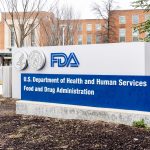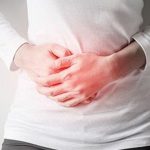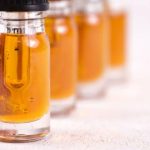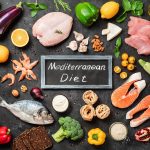
Stung by recent food safety scandals — most notably last year’s infant formula shortage, the U.S. Food and Drug Administration announced Tuesday that it is creating a new unit devoted to food safety. The newly dubbed Human Foods Program will wield wide-ranging powers. “We’re proposing the creation of a unified, newly envisioned organization, called the Human Foods Program, that elevates key focus areas, removes redundancies and consolidates activities under a single leader, a deputy commissioner for human foods,” FDA Commissioner Dr. Robert Califf said during a media briefing announcing the change. The deputy commissioner “will have clear decision-making authority and oversight of priorities to ensure a safe and nutritious U.S. food supply,” Califf added. Not only that, the new program will “elevate the importance of nutrition, given declining life expectancy in the U.S. due in large part to chronic diseases with a basis in nutrition,” he noted. The sweeping move comes after a scathing report in early December from the Reagan-Udall Foundation found that the FDA’s food program is in a state of “constant turmoil” and requires stronger leadership. That report was commissioned by Califf once the agency conducted its own review after facing serious criticism for its handling of the infant formula shortage. That shortage, which dragged on for months, was prompted in part by a recall of potentially contaminated infant formula at Abbott… read on > read on >





























-300x200.jpg)







-300x169.jpg)
